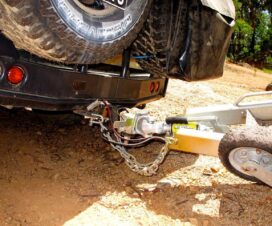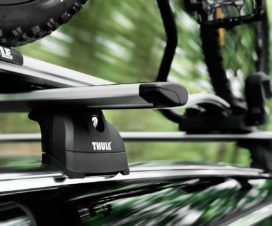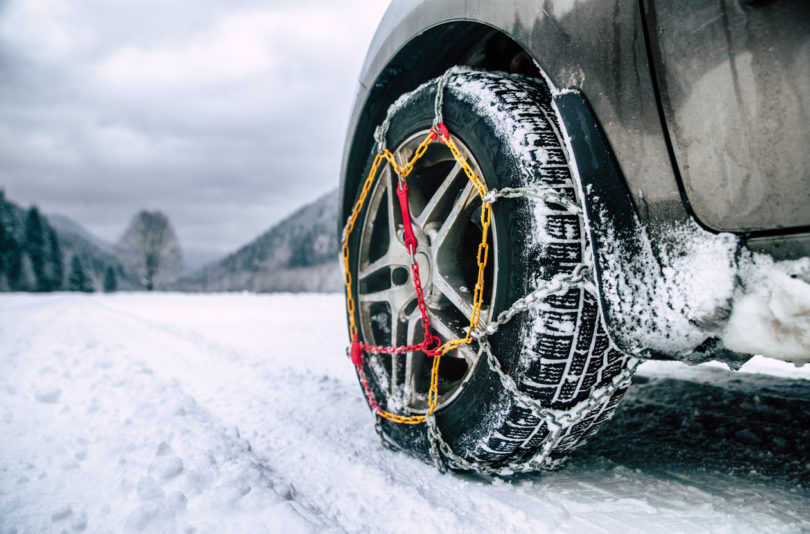 |
Tire chains may be required for your next winter excursion in the mountains, but which ones should you use? The answer is that it depends on several factors. You will have to determine if you need four linked tire chains or only two, and how high of an elevation you will drive through.
Some jurisdictions require motorists to carry chains or traction tires while driving on certain roads during winter weather. Drivers need to be familiar with their local laws regarding tire traction devices, as penalties for not using them can be costly.
As a motorist, you need to know what your government allows or requires for tire chains or other proper tire modifications.
Your Tire Tread
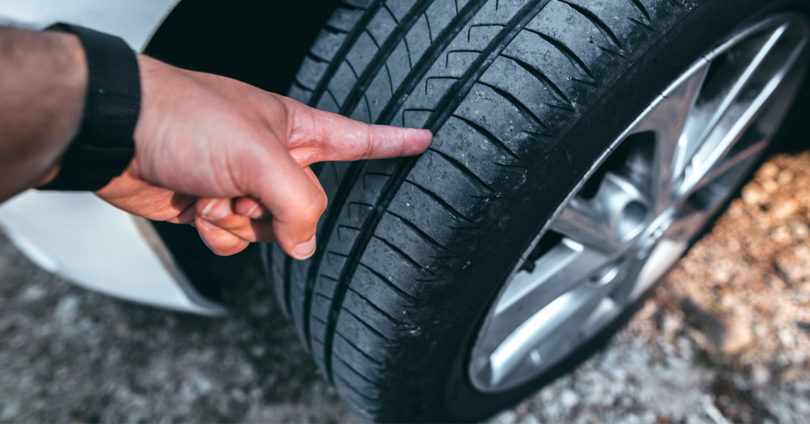
Source: ama.ab.ca
You must make sure your tire tread is adequate before putting on any chains. If your truck or car’s tire tread needs replacement, consider replacing them with winter tires marked with an M+S (Mud + Snow) designation instead of just purchasing all-season tires.
All-season tires may provide more traction in dry weather but are not ideal for snowy or icy roads. M+S tires are suitable on all types of surfaces, so you won’t have to worry about getting stuck on the side of the road in bad weather.
What Type of Chains?
Many motorists carry tire chains in case they encounter hazardous winter conditions, but many places require specific types or classes of chains. The two main categories of tire chains are standard link and self-tightening.
Standard link chains typically contain square links that fit inside your tire treads. Once you secure them on your vehicle’s wheels, it’s essential to make sure that they don’t loosen up while driving; if they do come loose, get pulled off, or get tangled with other’ tires, you could lose control of your vehicle.
Self-tightening tire chains are more secure than standard link chains because they tighten as you drive, so the pressure is always kept consistent on the chain.
Tire Chain Laws
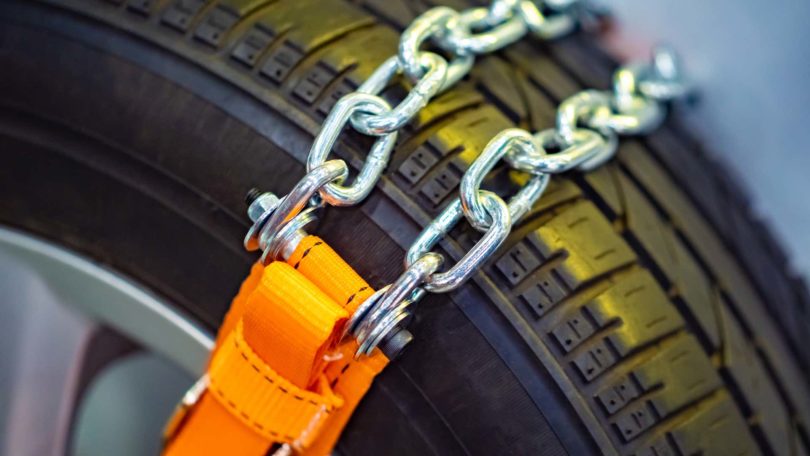
Source: thedrive.com
Some municipalities require drivers to use chains or other traction tires when driving during winter conditions, while others only recommend their use.
For example, the state of Colorado mandates that all four-wheel vehicles be equipped with either snow tires, tire chains, or another traction device in areas where roads are covered in ice and snow. However, motorists only need to use them if they feel it’s necessary based on weather conditions or road incline.
Be careful though, some places issue penalties for using improper tire chains like cables, chained tires made for (LTB), rubber band type, and other non-approved devices.
Which Tires Should I Put Chains On?
One of the most common questions we get in the winter is, “which tires should I put chains on?” The answer, just like with most things winter-related, isn’t that cut and dry.
While there’s no clear cut way to establish which tires need chains and which don’t, here are some guidelines:
Front-Wheel Drive
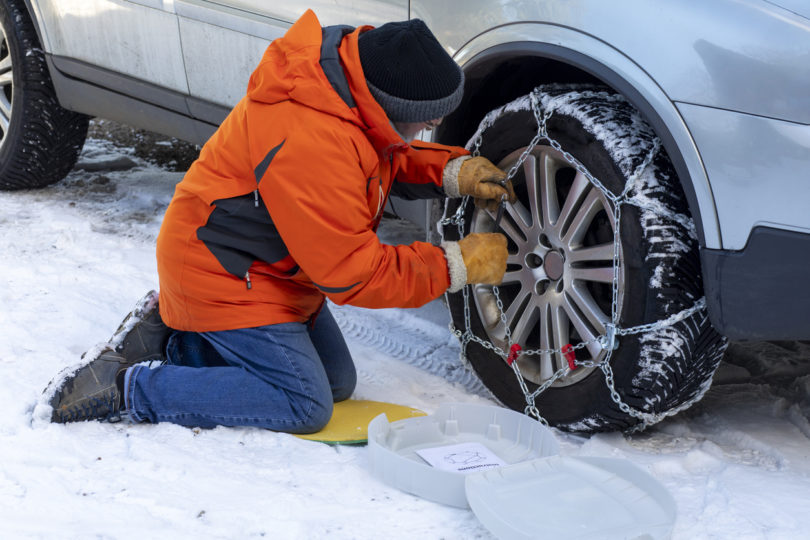
A medium shot of a senior, Caucasian man fixing snow chains onto his car tyres.
If you’re driving a front-wheel-drive car or minivan, you should be putting chains on your front (drive) wheels. Why? Because even if you have all-season radials, both the front and rear wheels will slip while accelerating, while only your front wheels will be used while braking.
It doesn’t matter what kind of vehicle you have; whether it be a mid-size sedan or large truck/SUV – if it has front-wheel drive, chains for the front wheels are a must.
Rear-Wheel Drive
It is not as clear-cut if you’re driving a rear-wheel-drive vehicle or four-wheel drive. In most cases, if your primary form of transportation is an all-wheel-drive vehicle (350Z, G35), rear-wheel drive (Mustang GT), or four-wheel-drive truck/SUV, and you don’t live in an area that regularly receives a significant amount of snow, you may be able to get by without putting chains on at all.
However, this isn’t always the case. With rear-wheel drive vehicles especially, it depends on how much torque your car puts out and its gearing ratio. A rear-wheel-drive car with a lot of power and low gearing (Subaru Impreza) will have fewer problems getting going than a car with little torque and high gearing (350Z).
Four-Wheel Drive
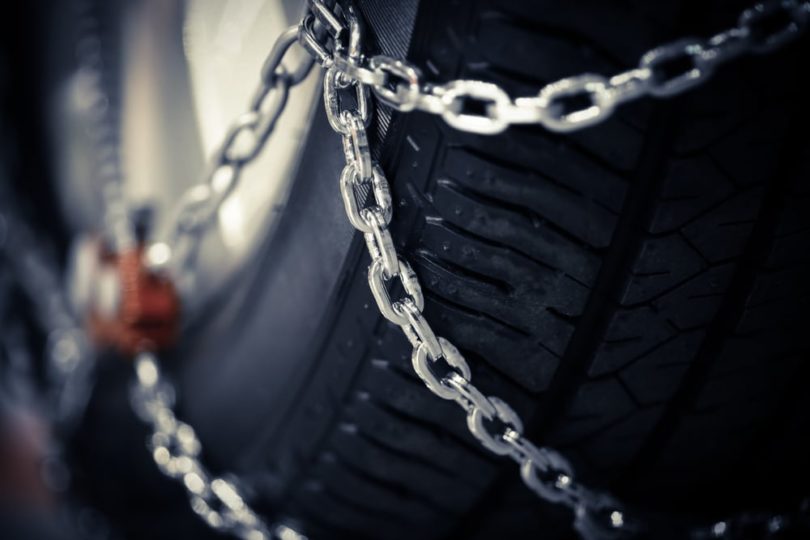
Source: yourmechanic.com
If you’re driving a four-wheel drive, chains for the rear wheels may be necessary, depending on your specific setup. Often, four-wheel drives come from the factory with tires that can handle light snow conditions well – but if you live in an area where it snows often, or you don’t want to take chances, putting chains on the rear wheels is not out of the question.
In addition, some owners install mud-terrain-type tires on their trucks/SUVs as they offer better traction for off-road use. Because of this, drivers with 4WD trucks may want to put chains on the rear wheels just in case they get stuck and begin spinning their stock all-season or even summer tires. Aftermarket lift kits can also pose a problem if you don’t have proper mud-terrain tires underneath them.
In some cases, four-wheel-drive vehicles with high center differentials (automatic transmissions) such as older Land Cruisers and early model Toyota pickups will experience traction problems when the front differential is locked tight while turning. Because of this, it’s not always a bad idea to put chains on your front wheels if you’re driving a truck like that. If you’re unsure about what type of tire setup you have (or need more info), we advise you to consult your owner’s manual or take the vehicle to a tire service shop like goodtirecalgary.ca.
Two-Wheel Drive
Unfortunately, there isn’t much that can be done with two-wheel drive vehicles. While putting chains on both front and rear wheels may increase traction slightly, it is not recommended unless you live in an area that receives significant snowfall. Other than that, invest in a set of all-season or snow tires for better winter performance.
Renewing Your Vehicle Registration
Many places have vehicle registration fees that must be renewed each year, and failure to comply with renewal deadlines could result in penalties such as fines and driver’s license suspensions. On top of that, some places require motorists to present their vehicle registration papers when using snow chains in winter driving conditions.
Some governments will issue temporary paper cards that act as proof of renewal. In contrast, others offer windshield stickers or permanent metal license plates that display the month and year until your next registration.
Failure to carry documentation proving that you have registered your vehicle could result in fines if approached by law enforcement officials on the road.


